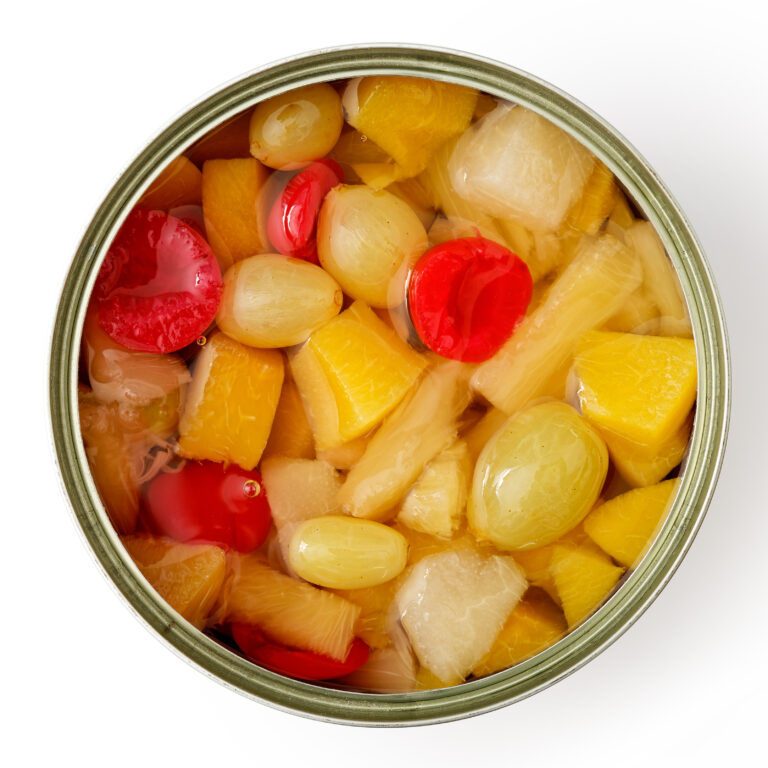Does the manufacturing of your product include an exceptionally lethal process? If so, it may adequately control biological hazards, negating your need to otherwise identify and control known or reasonably foreseeable biological hazards for that product.
Earlier this year, FDA published new draft guidance on the identification of known or reasonably foreseeable hazards (potential hazards), required by the FSMA Preventive Controls for Human Foods Rule. In February, TAG provided an overview of the updated approach to identifying biological, chemical and physical hazards. In this article, we take that a step further to focus on a significant change in the guidance regarding biological hazards and what would require a preventive control. That is, the guidance definition and discussion of “exceptionally lethal processes” that adequately control biological hazards.
Because some food products can only be produced using a manufacturing process that is exceptionally lethal to biological hazards (i.e., the final form of the product would not be suitable for distribution if the process were not used), the inherent nature of the process would be considered an adequate control. Thus, the use of the exceptional lethal process nullifies the potential for any known or reasonably foreseeable biological hazards for those foods or enables the facility to determine that a hazard does not require a preventive control due to the use of the process.
Some examples provided in the draft guidance include:
- To achieve the chewy texture of a caramel, the ingredients (e.g., sugar, butter, and sweetened condensed milk) are boiled for several minutes to about 240oF, which would provide exceptional lethality for biological hazards (e.g., Listeria monocytogenes). If not boiled to that extent, the caramel would not be of a quality that could be sold. Thus, no known or reasonably foreseeable biological hazards were associated with the “Sugar Confections” food subcategory (e.g., caramels).
- Similarly, jams, jellies and chutneys must be thoroughly boiled to thicken to the desired consistency thus negating the potential for any known or reasonably foreseeable biological hazards associated with the “Jams, Jellies, Chutneys” food subcategory.
- The process for making a shelf-stable acid or acidified fruit cocktail that can be stored at ambient temperatures is designed to inactivate certain non-pathogenic sporeformers that could cause spoilage. Because the sporeformers have much greater heat resistance than the vegetative pathogens that are the biological hazards in the ingredients, the process provides exceptional lethality for certain biological hazards (e.g., pathogenic E. coli, Salmonella spp., and Listeria monocytogenes).
- Making a gravy by boiling or cooking down a liquid sauce to thicken it would provide exceptional lethality for vegetative pathogens such as E. coli O157:H7, Salmonella spp. and Listeria monocytogenes, so these could be negated as known or reasonably foreseeable biological hazards; or could be identified, but determined to not require a preventive control because the process is exceptionally lethal.
- The high baking temperatures (e.g., 482oF for 4.5 min.) required for snack crackers to have their characteristic crisp texture would provide exceptional lethality for vegetative pathogens such as E. coli O157:H7, Salmonella spp. and Listeria monocytogenes, thus no known or reasonably foreseeable (“potential”) biological hazards were associated with the “Baked, Unfilled, Unseasoned or Seasoned” subcategory in the “Crackers” Food Category (Table 1M).
While the use of an exceptionally lethal process to produce a food provides adequate controls for known or reasonably foreseeable biological hazards, it must also be remembered that potential chemical and physical hazards must also be identified and controlled, and that each ingredient in a product must be separately considered to determine potential hazards. For example, while the jam in a cookie or gravy in a stew may undergo an exceptionally lethal process, the potential hazards for the other ingredients must be considered, identified, and controlled as well.
A hazard analysis can be a complex undertaking, particularly for multi-ingredient foods, but it is a critical aspect of ensuring a safe product as well as regulatory compliance. TAG experts can work with you to help assure your hazard analysis does both.





